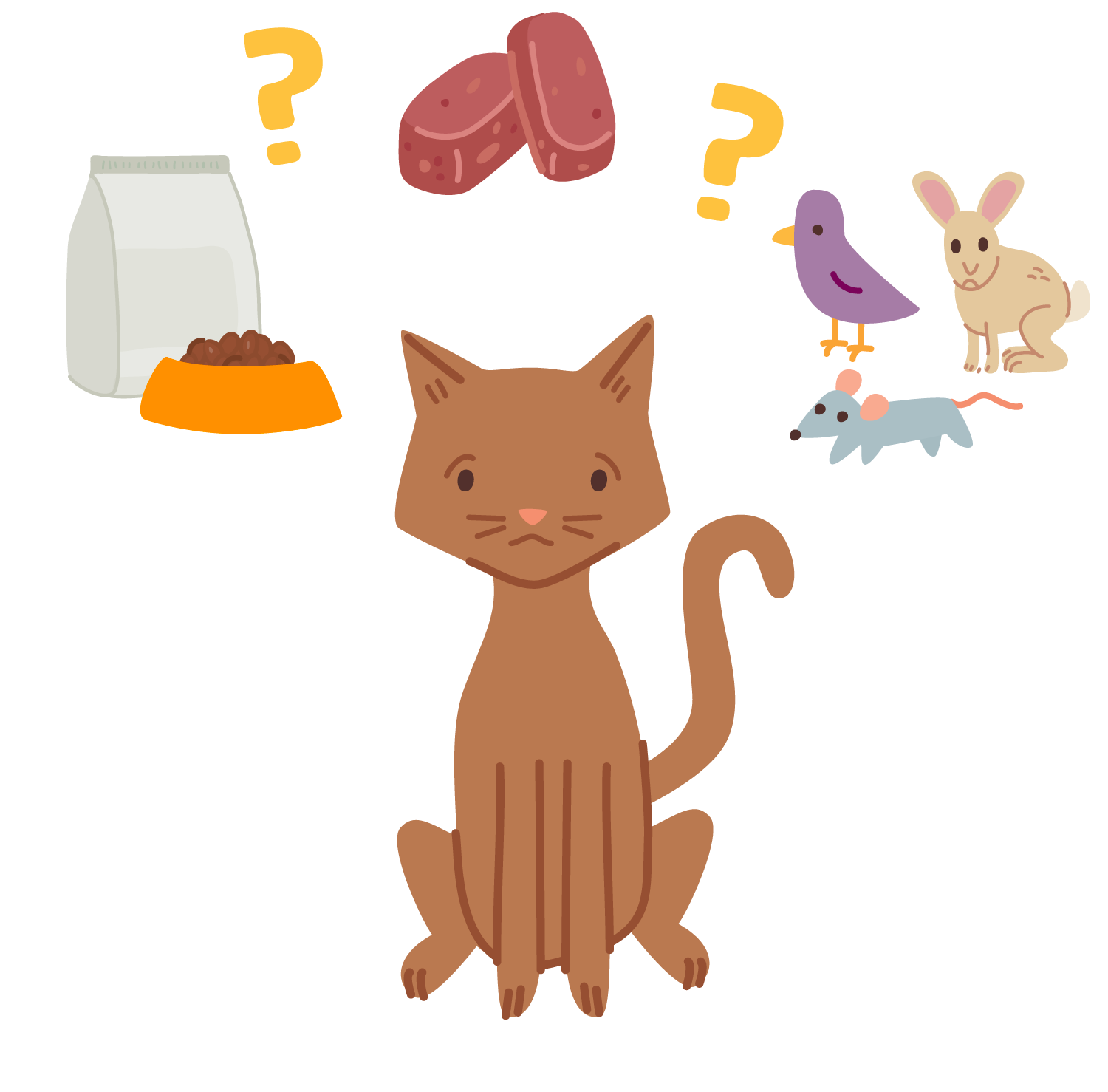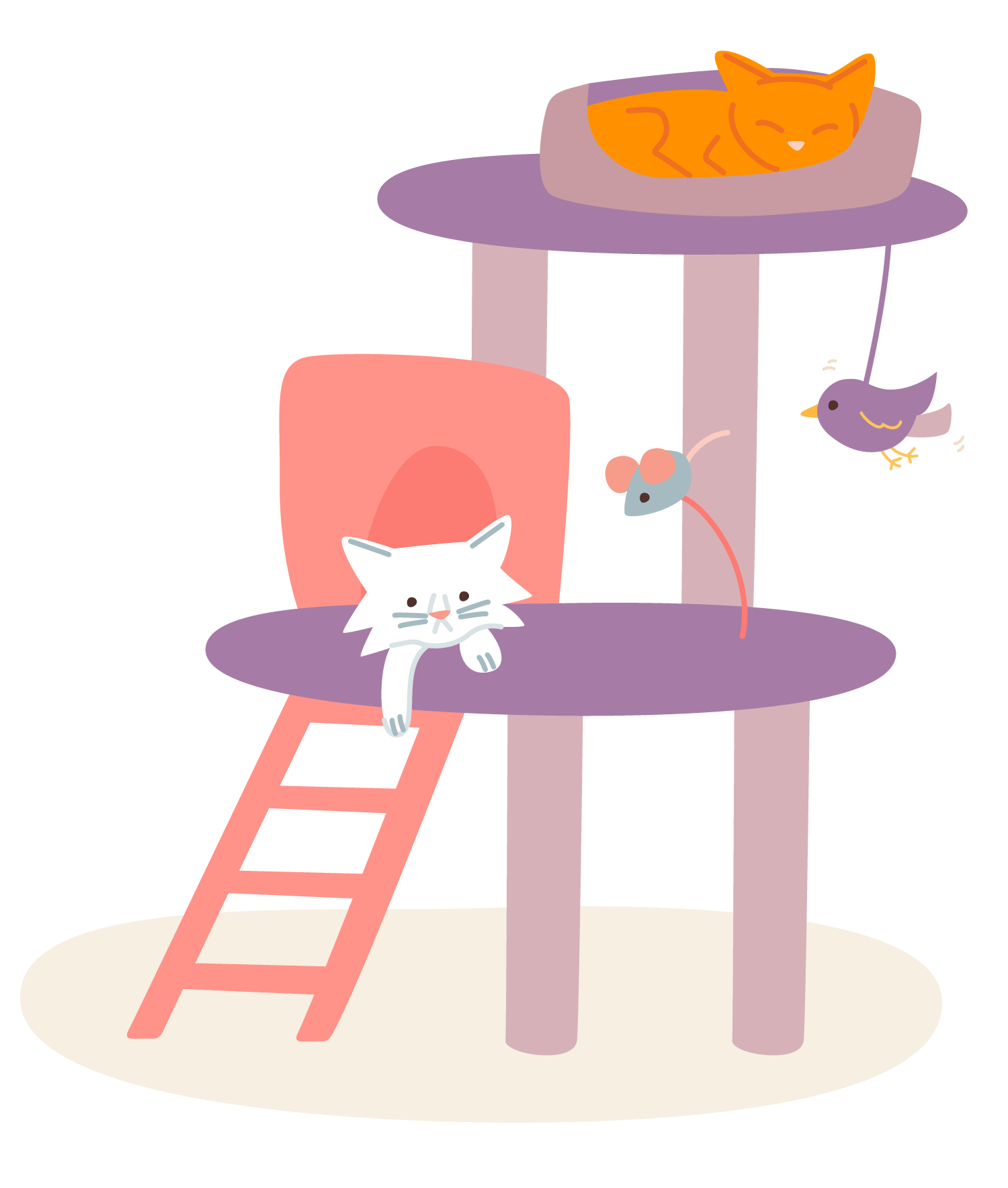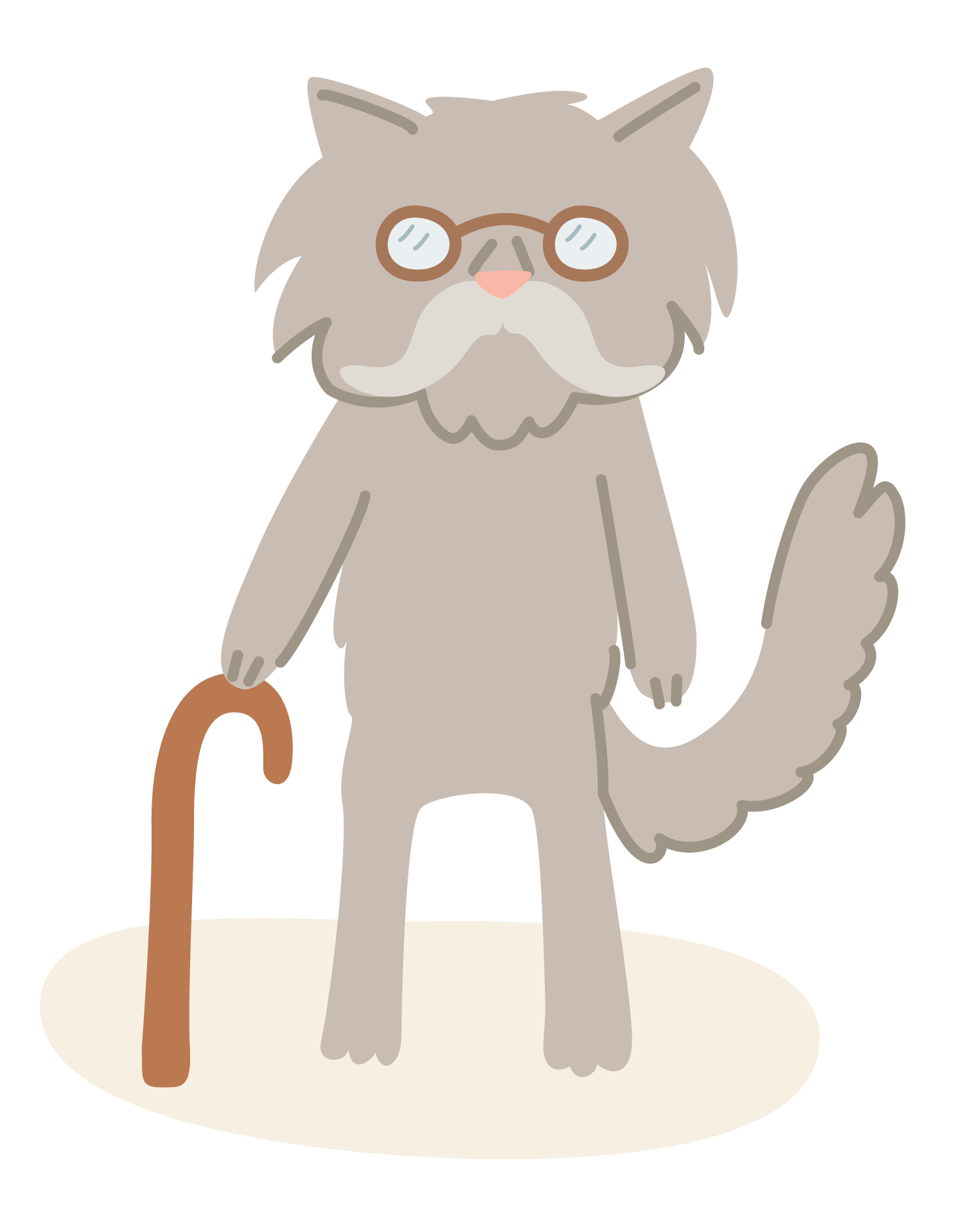A Veterinarian’s Advice on Caring for Cats

by Dr Nicole Rous, Integrative Vet
We all know cats aren’t small dogs but what makes them uniquely different? What are the dos and don'ts for cat care? Integrative vet, Dr. Nicole Rous, takes us through advice that will help change the way you look at cat care as either a beginner or a seasoned professional.
Cat care essential 1: Diet

When we consider the best way we can influence our cat’s quality of life, diet has to be the most important factor. Little has changed in the digestive tract in the ‘modern cat’ compared to their ancestors. They thrive best on a high protein, moderate fat and minimal carbohydrate diet (Verbrugghe and Hesta, 2017). They are obligate carnivores and enjoy hunting. The diet of feral cats in Australia varies from wild rabbits and mice, to birds and invertebrates (Doherty et al, 2015). Interestingly cats also choose to eat more than 6 times a day in the wild! Now, let's compare this to the modern cat diet and there are huge variations. Firstly, kibble fed cats are being offered diets that are not only really high in carbohydrates (approximately 50%) compared to ideal (5%), but they’re also being offered very dehydrated diets (10% water content) compared to their natural diet (60%-70%) AND they’re not exhibiting natural hunting and chewing behaviour to do achieve this either. The end result is a diet that causes stress on the body, particularly the pancreas where enzymes are released to break down carbohydrates (amylase) as well as impacting the kidneys through chronic low level of dehydration that the modern diet offers. Additionally, without being able to exhibit natural behaviours, they can be prone to develop stress and anxiety, and even stress-related behaviours and conditions such as overgrooming, spraying and urinary tract disease.
It is, unfortunately, not simply an option to just let your cat go outside and hunt its food, or, alternatively pick up some mince at the supermarket and add it to the kibble and all think all the boxes have been ticked. Cats have some key differences in their physiology and metabolism that need to be considered. Most important of these is that unlike humans and dogs, they have an essential amino acid need in taurine. Even though humans and dogs also use taurine, they are able to make it themselves if it’s not sourced in the diet. Without taurine cats will suffer from taurine deficiency and display issues with the eyes, heart, immune system and general growth and development. The best dietary source of taurine is heart muscle or meat so you will notice that many fresh food diets for cats have a significant source of heart muscle (hello Big Dog Pet Foods we see you!) or synthetic taurine is added to others to ensure they’re meeting minimum standards. Taurine can also be found in other dietary sources like dark fish, mussels, oysters, eggs and nuts.
If I could pick an ideal diet for my cat patients it would be a balanced fresh food diet including exposure to at least 3 different protein sources to get a good amino acid profile and then include raw bones so they get to chew. I tend to choose chicken bones as they’re so readily accessible, however, rabbit, other poultry and fish are great options too.
Cat care essential 2: Stress and environment
We have already alluded to the impact our modern feeding approach has on the mental health of cats, but did you realise the environment we’re keeping them in can also influence levels of stress and anxiety? This can result in anti-social behaviour such as biting, hissing, scratching, spraying and general avoidance and progress to clinical diseases we see such as overgrooming, vomiting and urinating tract disease.
Cats are generally solitary and like to do things on their own terms. They don’t necessarily want to live with other pets (including other cats!), humans or babies. But, we have domesticated them and they cope really well most of the time when we take a few key factors into consideration.

Firstly, it’s ensuring that they have vertical space. Cats find spending a lot of time on ground level quite threatening. Providing vertical spaces to climb allows them to create a sense of territory, reduce stress by giving them a surveillance space, and provides peace of mind knowing they’re out of harm's reach from small hands and other fur family members. This is even more important in a multi cat household to ensure each cat has the ability to have their own separate spaces so they can be alone if they choose.
Next is to ensure they have separate feeding stations (cats don’t like to feed together!), drinking (water fountain please!) and toileting stations - all very separate from feeding. The toileting area needs to take into consideration their natural behaviour. Many cats have litter preferences and space/height requirements for their box (Grigg et al., 2013). If they were outside they may use up to 1m2 of space to go to the toilet! It is also important to ensure the litter boxes are cleaned out daily and there are a sufficient number in the house. In general, it is recommended to have n + 1 litter boxes in a house, where n represents the number of cats in the house.
The other factor that the environment plays in the quality of life of cats is their physical health. We often think of taking the dog to the park for exercise but we rarely think about cats. Imagine how much exercise an outdoor cat would get. They can roam incredibly long distances. The modern cat, as they’re generally neutered, doesn’t have the desire to roam as far but still gets a lot more exercise than their sedentary indoor friends. The vertical spaces within the house are great to maintain some muscle strength and then cat owners can play games with their cats daily with toys such as flirt poles to keep their mind and body active. The standard exercise recommendation is 3 x 10 minute sessions daily.
Cat Care essential 3: Being proactive with age-related disease.

One of the biggest challenges I find for cat parents is to pick up early warning signs of chronic or age-related disease. Cats just aren’t as dramatic as dogs in this regard. They’re not going to limp around chasing a ball when they have a sore leg. They’ll just sleep more. Even as a vet it can be incredibly challenging to pick up the early stages of some diseases - especially arthritis. Various studies have shown up to 90% of cats over 12 have arthritis in at least one joint but as little as 13% of owners perceive the arthritis (Bennett et al., 2012). The prevalence appears to increase once cats are over the age of 6. Clinically one of the most obvious signs of arthritis is a hesitation to jump on or off things. Another sign I notice is that when they sleep they don’t curl up as tightly or they may not loaf with both front paws. I will often do a treatment trial of pain relief or start on a natural joint supplement in cats that I believe are suffering from arthritis so the owner and I can watch their response. Sometimes a response to treatment is the best diagnosis. Arthritis can be accurately diagnosed on x-rays, however, this requires general anaesthesia to get them to lie still! It would be a worthy consideration in cats over the age of 6 going under anaesthesia for an elective procedure such as a scale and polish to get x-rays of any suspected joints.
Other age-related diseases that we commonly see are related to the kidneys and thyroid. If a cat is suffering from kidney disease, one of the first things that an owner will notice is an increased thirst. Excessive thirst is drinking more than 100mL/kg/day of water. If using a water fountain this can be hard to measure so I would recommend checking with your vet if you notice any change in drinking behaviour. An over-active thyroid, or hyperthyroidism can also present as excessive drinking, but more commonly owners will notice an increase in hunger and concurrent weight loss which seems contradictory. They will also commonly vomit or have upset tummies. Both kidney and thyroid disease need blood and urine tests done to diagnose the issue and from there medication and diet changes may be required. Interestingly, the advice around protein restriction and kidney disease is changing. Historically vets have recommended reducing protein intake to ‘take pressure off the kidneys’ but protein is so important for daily function! I still recommend my kidney disease patients eat a fresh food diet but may choose easier protein sources to digest if the kidney disease progresses. For example, I will lean towards white meat and fish over red meats. Integrative medicine comes into its own in managing chronic diseases, so I would urge any cat parent with a cat that has any chronic disease whether it be thyroid, kidney or other diseases not discussed in this article to seek advice from an integrative veterinarian.
About the Author - Dr. Nicole Rous

Dr. Nicole Rous completed her degree with Honours from the University of Sydney in 2008. She initially worked in the UK before returning to small animal practice in Melbourne, Australia. Dr. Nicole has a keen interest in animal reproduction and has been granted Membership with the Australian and New Zealand College of Veterinary Scientists in this specialty. She is also passionate about complementary therapies such as massage and enjoys discussing ways to enhance pets' overall well-being and quality of life.
In August 2021, Dr. Nicole joined the Mont Albert Veterinary Surgery team as a director and continues to provide exceptional care to her patients. She is dedicated to utilising her knowledge and experience to assist pets in living longer, healthier, and happier lives.
Dr. Nicole's commitment to providing natural and holistic health practices for pets inspired her to establish Shy Tiger, a company that offers natural pet products made from premium ingredients sourced primarily from Australian farms and producers. Her expertise in natural health practices and dedication to providing excellent care to her patients make her a reliable partner for pet owners in Melbourne and beyond.
View the Big Dog for Cats range of raw food.
References
https://pubmed.ncbi.nlm.nih.gov/29140289/
https://www.researchgate.net/publication/269097819_A_continental-scale_analysis_of_feral_cat_diet_in_Australia
https://pubmed.ncbi.nlm.nih.gov/23103684/4
https://pubmed.ncbi.nlm.nih.gov/22247326/
